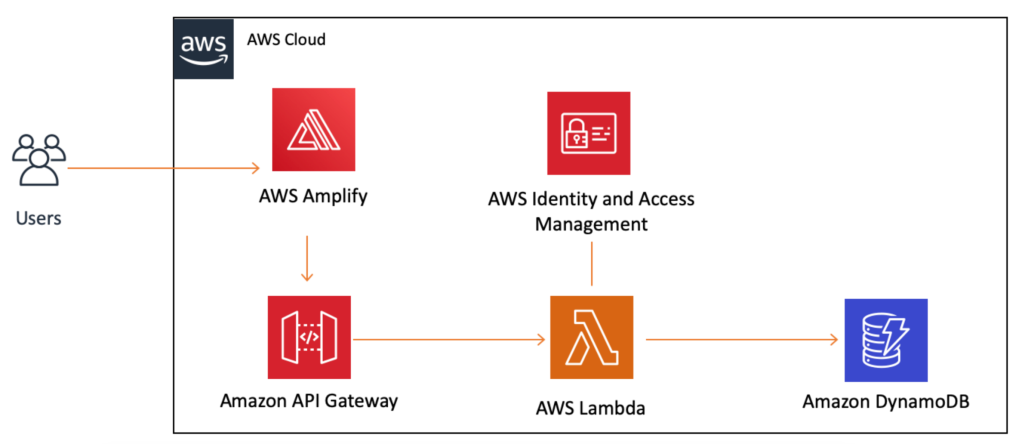In a simple sentence: the command query responsibility segregation (CQRS) split the write and read actions in a system.

If you want to know how to implement them in AWS or Azure, please refer to follow to articles:
https://docs.aws.amazon.com/prescriptive-guidance/latest/modernization-data-persistence/cqrs-pattern.html
https://learn.microsoft.com/en-us/azure/architecture/patterns/cqrs
From system architect perspective, where is the possible pain points of this pattern. The key is step 4, how to ensure the data consistency between the two databases! What’s the choice of the two databases? You can possibly have four combination: SQL & SQL (the classical way), SQL & NoSQL (a popular choice), NoSQL & NoSQL (a straightforward solution) and NoSQL & SQL (not easy). Do you need Strong Consistency or Eventual Consistency is acceptable ? What’s the maximum lagging in your design?
Tell me if you have any though?










